MARKET OVERVIEW
The Global Rooibos Tea market is an important part of the global beverage industry. It is the only naturally caffeine-free and health-oriented product that has a unique position in the market. It is a product derived from the leaves of the Aspalathus linearis plant, native to South Africa, and has gained international recognition for its flavor profile and various health benefits. This market has an increasing appeal across diverse demographics and geographies for a product that is steeped in tradition but also caters to modern consumer preferences.
This Global Rooibos Tea market extends far beyond the boundaries of its origin. As it continues to attract health-conscious consumers seeking natural and functional beverages, its influence is expected to grow. This market is not only known for its traditional loose-leaf teas but also for its growing product categories, which include ready-to-drink formats, flavored infusions, and blends with complementary ingredients. Such diversification enables brands and producers to cater for varying consumer tastes and lifestyle demands, making Rooibos tea a dynamic product in the global marketplace.
This global expansion certainly indicates a greater interest in the responsibly sourced, ethically produced good. Many producers highlight fair-trade practices and environmentally friendly farming techniques. Ethical consumerism is finding its way into many consumer priorities, so growing awareness among consumers would definitely help the Global Rooibos Tea market in this regard.
One of the key drivers shaping this market is its widespread acceptance in both established and emerging economies. In regions with a long-standing tea culture, Rooibos tea offers a novel yet accessible choice, while in newer markets, it is often perceived as a premium health product. Its growing global footprint is supported by strategic marketing campaigns that highlight its versatility—not only as a warm beverage but also as a refreshing iced drink or a culinary ingredient. As a result, the Global Rooibos Tea market is poised to penetrate an even broader array of culinary and wellness applications.
Technological advancement in packaging and distribution channels also plays a huge role in defining this industry. Innovations like biodegradable packaging and online direct-to-consumer platforms will further increase accessibility and appeal to Rooibos tea globally. The emergence of e-commerce as the dominant retail channel will ensure that producers are connected to the global audience, and therefore product visibility and consumer engagement will constantly increase.
Going forward, the Global Rooibos Tea market is going to be influenced by changes in consumer preferences and behavior. The demand for organic, non-GMO, and additive-free products will be increasing, thereby pushing the standards of production and innovations in product development. Also, the joint ventures between Rooibos tea manufacturers and wellness industries like cosmetics and nutraceuticals will push the boundaries of the market and open new avenues for revenue.
The Global Rooibos Tea market stands as a testament to the appeal of traditional products in the modern world. This market is expanding, considering its ethical requirements and flexibility. As such, it is better positioned to satisfy the needs of an increasingly changing global consumer base and remain relevant in the coming years.
Global Rooibos Tea market is estimated to reach $2,647.69 Million by 2032; growing at a CAGR of 6.7% from 2025 to 2032.
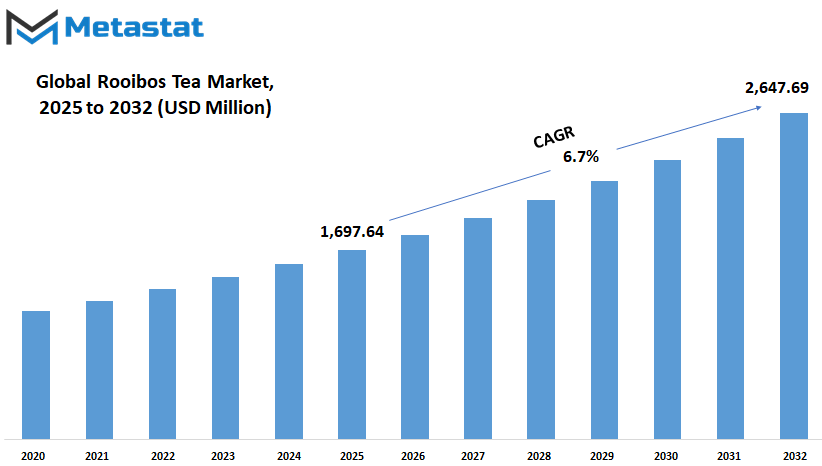
GROWTH FACTORS
With various factors contributing towards a change in consumer preference as well as market trends within the health and wellness sector, global Rooibos tea market is also expected to rise significantly in the coming years. Among the reasons that fuel the market, primary is the tendency of consumers shifting towards caffeine-free beverages rich in antioxidants. According to health concerns, people shift from the ordinary traditional caffeinated beverage. Rooibos tea, being naturally caffeine-free and high in antioxidants, is uniquely placed to fill this gap. It supports general wellness without being harsh on the body, making it an attractive choice for a growing segment of consumers.
The growth in the use of natural and herbal products is playing a very important role in driving the global market for Rooibos tea. Today, herbal teas such as Rooibos, because of ingredients scrutinized, are considered one of the wholesome options, and are considered to be more natural and transparent. At a time when the world has moved toward more organic and lowly processed food and beverages, people are giving greater recognition to the purity of Rooibos tea and how healthy it makes people. This trend is complemented by an increasing focus worldwide on preventive care, where healthy people proactively make functioning foods and beverages part of their lifestyle.
Despite these promising growth drivers, the market is confronted by some notable impediments. Geography-based cultivation does not help here, as, in reality, Rooibos tea is strictly cultivated only around the Cederberg region in South Africa, which could generate supply chain tangles due to increased demand there. In another respect, rising competition from several herbal and other functional teas might result in the restrictive penetration of such tea in geographically constrained market areas.
However, there are ample opportunities for growth, especially in the emerging market where awareness of the health benefits of Rooibos tea is increasingly high. Through education and marketing campaigns that emphasize its benefits, such as being good for heart health, reducing stress, and digestion, huge, multifold potential in these regions can be leveraged. In due course, whenever awareness improves, there will be immense opportunities to gain ground in underexploited markets because of considerable sustainable growth.
The global Rooibos market is great for future development, and its health-conscious consumer preferences and the growing demand for natural products are going to give it a high pedestal in the industry. Challenges will be there, but innovative solutions and targeted efforts in emerging markets are going to push the industry forward and ensure relevance in an increasingly health-conscious world.
MARKET SEGMENTATION
By Type
The global market for Rooibos tea has become more active due to a shift in consumer preference as well as an interest in natural and healthy drinks. Originating in South Africa, Rooibos tea has emerged as a widely acknowledged drink with increasing popularity attributed to its unique taste, lack of caffeine, and potential health benefits. The global Rooibos tea market is expected to reach notable values by 2024. In terms of its segments, the Red Rooibos Tea segment is estimated at USD 1,185.26 million, the Green Rooibos Tea segment at USD 337.72 million, and the Flavored Rooibos Tea segment at USD 174.65 million. All these figures underpin the growth in demand and the diversity of this market.
The appeal of Rooibos tea lies in its versatility and adaptability to consumer trends. The most popular variant of Rooibos Tea is Red Rooibos Tea, which is famous for its rich flavor and antioxidant properties. Green Rooibos Tea is less oxidized and has a milder taste, making it the choice of those who want even higher levels of antioxidants. Flavored Rooibos Tea, infused with ingredients like vanilla, fruit, or spices, caters to modern consumers who seek variety and unique experiences in their beverages.
Looking forward to several trends that will help the global Rooibos tea market grow. Consumers continue to be attracted to beverages that have natural ingredients and perceived wellness benefits. Being rich in antioxidants and free from caffeine, Rooibos tea fits well into this narrative. In addition, the market is expected to grow further as companies look for new ways to market Rooibos tea, including ready-to-drink options, premium blends, and sustainable packaging solutions. The market is influenced by factors, such as higher awareness of the product in markets that have been previously unexplored. Rooibos tea is well penetrated in some segments of Europe and North America. Its future and scope are gigantic in capturing broader markets in Asia and the Middle East. Expanding its geography has become even easier due to e-commerce opportunities.
In the coming years, with sustainability and ethical sourcing at the forefront, the South African origin of Rooibos tea will become a major selling point. Consumers are more aware of how important it is to support communities and preserve the environment. This adds a layer of appeal to Rooibos tea, which may enhance its growth in both established and emerging markets.
By Product Form
Global Rooibos Tea market has been seeing significant growth over the past few years, and it is expected to continue to do so with an increase in consumer awareness about the health benefits that Rooibos tea brings along. The Rooibos tea originates from South Africa, and it has become a global phenomenon due to its caffeine-free property and its richness in antioxidants. The trend here depicts a shift in consumer preferences towards more natural, healthy beverages.
When viewed from a product form perspective, the Global Rooibos Tea market is segmented into two major segments: Tea Bags and Loose Leaf. These two product forms are favored by consumers based on consumer preferences, with their market share determined by factors like convenience, price, and quality. Tea Bags are particularly popular among consumers looking for convenience and an easy preparation process. A large portion of customers will find an appeal in using the pre-measured Tea Bags, considering they have limited time or an extremely busy schedule for preparing the tea. With such a taste for convenience likely to drive future growth in this Tea Bags category, more individuals may embrace a faster, less complicated solution to their daily schedules.
On the other hand, Loose Leaf Rooibos tea is likely to maintain a following of loyal customers who appreciate more traditional tea service. Loose leaf tea is, after all often associated with high quality, giving a more real, full bodied flaooibos Tea market will see increasing competition between these two forms in the future. Consumers will continue to choose based on their personal preferences, with some preferring the convenience of Tea Bags and others preferring the quality and experience offered by Loose Leaf. Both segments are expected to play a crucial role in the market's development, as each addresses specific needs and desires. As the health benefits of Rooibos tea continue to gain awareness, both Tea Bags and Loose Leaf categories will continue to grow, further establishing the place of Rooibos tea in the global beverage market.
By End-Users
The Global Rooibos Tea market is growing rapidly in recent years, and people are discovering its benefits. This South African tea is gaining popularity due to its unique flavor, caffeine-free nature, and a wide range of health benefits. As the demand for rooibos increases, various industries are now finding potential in this tea in diverse sectors. The market can be segmented into categories like residential, healthcare, beverages, and others. Probably, the residential sector is one of the closest avenues to experience rooibos tea directly.
Households globally have become accustomed to choosing this refreshing drink that tastes wonderful with a great number of health benefits. This drink has been used because it contains no caffeine; therefore, most people require such soothing drinks to prepare them for a smooth sleep at night. Many consumers are substituting rooibos as an alternative for traditional tea or coffee, because of its different taste and popularity in enhancing well-being. These changes in consumer preferences indicate the residential sector would continue to rise as more individuals include rooibos as part of their daily lives. In the health sector, the medicinal value of rooibos tea is increasingly being noted.
It is known for being rich in antioxidants and is popularly used in natural remedies as a treatment for many health disorders. These may include digestive upsets, skin conditions, as well as anti-stress formulas. With people becoming increasingly concerned with natural health and holistic wellbeing, rooibos should continue to ride the wave and gain popularity as a product. More research on its health benefits will keep the healthcare industry as a vital growth driver in the Global Rooibos Tea market. For beverages, rooibos tea is creating its niche as a versatile beverage that can be consumed hot or cold. Its popularity in cafes and restaurants is growing, as it serves as an excellent base for flavored iced teas or even blends with other herbal ingredients.
Its versatility means that it has a broad appeal, ranging from those who enjoy traditional tea to those seeking new, exciting beverage options. This demand in the beverage industry is expected to continue as more people embrace rooibos as a delicious and healthy alternative to conventional drinks. The "others" category also encompasses a broad range of uses, such as rooibos-infused products, for example, skincare items, cosmetics, and even food additives. As rooibos tea is increasingly identified with its multiple benefits, the presence of rooibos in other industries is likely to increase.
This will contribute to the overall growth of the Global Rooibos Tea market as more sectors find ways to innovate their offerings with rooibos. The Global Rooibos Tea market will obviously continue to develop, with the influence of the market expanding to other sectors. With health and wellness gaining ground, rooibos tea will continue to be an appealing choice for consumption, whether one is drinking it at home, looking for the medicinal properties it offers, or trying it for a refreshing beverage.
By Distribution Channel
Over the past years, the global Rooibos Tea market has experienced exceptional growth, and this trend is expected to continue in the future. This growth has several drivers, such as changing consumer preferences, increased health awareness, and the increasing demand for natural and caffeine-free beverages. Distribution channels are also expected to undergo various changes within the Rooibos tea industry to satisfy consumer demand. These distribution channels will remain in a continuous flow as technology, lifestyle trends, and consumer behavior continue to advance.
Supermarkets and hypermarkets are the biggest channel of distribution for Rooibos tea. Because of its large presence, people can reach easily and at ease, hence they provide the manufacturer a vital platform from which their product will be distributed among millions of people. In the coming years, it is seen that supermarkets and hypermarkets would have a majority of market share across the globe. However, the stores will have to adjust according to changing consumer preferences. These stores would offer a wide variety of natural and organic products. They will provide different flavors of Rooibos tea and several types of packaging options. It is also likely that these retail outlets will increase their product offerings with an emphasis on health-conscious living, thus providing wellness-based beverages such as Rooibos tea.
Convenience stores, which are quick and on-the-go purchases, will also be an important distribution channel for Rooibos tea. As people’s lifestyles become more fast-paced, convenience stores will continue to capitalize on offering easy access to products like Rooibos tea, which aligns well with a busy yet health-conscious consumer base. In the coming years, convenience stores may even introduce specialized sections for health drinks, where Rooibos tea will likely have a prominent place due to its numerous health benefits.
Retail stores and health stores will increase the demand as well. Natural, organic, and wellness beverage choices are some of the other popular types that consumers prefer when shopping in stores. The popularity of Rooibos tea would increase the stocks of health stores in this product category due to increased demand. Moreover, retailers will build deeper relationships with the customers through knowledge-based recommendations for products.
Online will be one of the largest channels for Rooibos tea, as this market is bound to grow with online shopping. Consumers can browse through a large variety of products sitting in the comfort of their homes, making e-commerce much easier and more accessible. The growth in online shopping will ensure that consumers will be able to browse through many varieties of Rooibos tea brands, flavors, and blends from the comfort of their homes and get them delivered home. Improvements in technology are only going to heighten customized buying experiences to encourage consumers to go for whatever the products suit in their specified health preferences and diets.
|
Forecast Period |
2025-2032 |
|
Market Size in 2025 |
$1,697.64 million |
|
Market Size by 2032 |
$2,647.69 Million |
|
Growth Rate from 2024 to 2031 |
5.4% |
|
Base Year |
2024 |
|
Regions Covered |
North America, Europe, Asia-Pacific, South America, Middle East & Africa |
REGIONAL ANALYSIS
The global Rooibos Tea market is increasing rapidly, and the demand and supply will alter in the near future across various regions of the world. It will be impacted by the shift in consumer preferences, health trends, and an increase in awareness about the health benefits of Rooibos Tea. In this increasingly health-conscious world, with people looking to natural alternatives, the demand for Rooibos Tea will be on the rise. Region dynamics gives that this market should be divided into sections which include North America, Europe, Asia-Pacific, South America and Middle East & Africa, with their respective growth opportunities as well as their respective challenges.
Growing and stable potential to take place over time in the United States of America, and even in regions including Canada as well as Mexico; because of the increased wellness demand most consumers shift for caffeine-free antioxidant-rich beverage option. This trend will boost the demand for Rooibos Tea, which is a naturally caffeine-free tea containing several desirable constituents. In the United States, for example, tea-drinking culture gradually shifts toward herbal as well as functional beverages, thereby positioning Rooibos Tea among the strong contenders in the market. On account of Canada increasing the preference toward organic and natural products, is going to witness rising demand of Rooibos Tea in upcoming years.
Next in line has to be the case of the continent of Europe as well because UK, Germany, France, or even Italy happen to form the geographical territories where its market would see life too. Since long and a established history is associated with the tea-drinking habits through this region, Rooibos would enter into the daily business flow in a largely favored manner. One can particularly see here that wellness-oriented consumers in the UK are taking out their demand for caffeine-free teas. The health benefits that Rooibos Tea has possessed like its anti-inflammatory and better digestion-promoting capabilities will attract the Europeans seeking to have a healthier lifestyle. Other countries that will also experience growth include Germany and France, due to the momentum the natural and functional beverages are experiencing.
In Asia-Pacific, gradual adoption will be experienced in India, China, Japan, and South Korea. These countries have their roots deeply placed as tea drinking cultures, but this may take a bit of time. The emerging awareness for wellness and healthiness, however, is sure to move it forward. Already, China and Japan are now experimenting in the wellness tea area, so a refreshingly revitalized alternative through Rooibos Tea will only further fuel their needs. Even South Korea is scanning for natural health products, and the same can emerge as a very important contributor to the growth in the future as well of Rooibos Tea.
In South America, Brazil and Argentina are promising markets for Rooibos Tea. Due to the boom in organic beverages and healthy consumption, the countries will seek Rooibos Tea as an important addition. As such, with time passing by, a large number of South Americans will seek it, once they are sensitized to health benefits, and seek it as an alternative source of drinks not containing caffeine.
In the Middle East & Africa, the growth opportunities would be in South Africa, Egypt, and the GCC nations. South Africa is the native home of Rooibos, and its popularity within the region will continue to support growth in exports. In the broader Middle East, demand for health-conscious and organic beverages will probably drive the market forward as more consumers opt for herbal alternatives.
With growth in the global market for Rooibos Tea, regional dynamics are going to be very important drivers in its expansion. The prospects for Rooibos Tea seem very promising in most regions of the world with changes in consumer preferences and an increasingly health-conscious consumer.
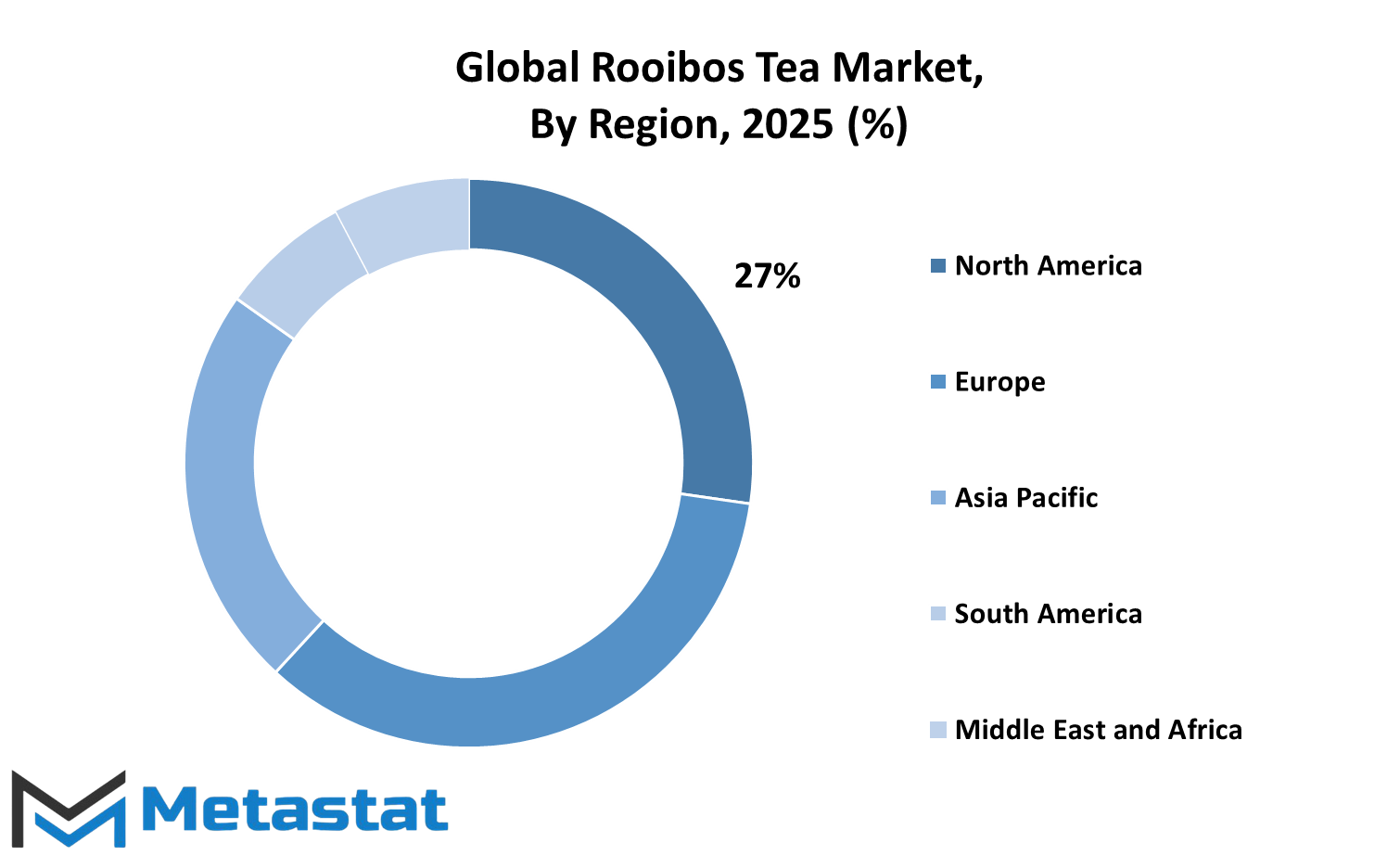
COMPETITIVE PLAYERS
In terms of the growth outlook, the global rooibos tea market is poised for tremendous growth. Several major key players are significantly making a marked contribution toward this very development. It is hence to be understood that leaders such as Rooibos Ltd., Carmién Tea, and Cape Natural Tea Products will now spearhead the industry, as they already stand out established as good rooibos product producers around the globe whose health benefits are renowned worldwide while their taste comes as no compromise. Along with these, major brands like The Republic of Tea, Twinings, and Tick Tock Tea are expanding out, which in turn is opening up new markets for the popularity of rooibos tea.
Numi Organic Tea, Yogi Tea, Joekels Tea Packers Ltd., Harney & Sons, and Stash Tea are some of the other brands that have stood out in the competitive landscape. Their quality and sustainability commitments have helped these brands grow with the growing concerns of the modern consumer. Their innovation in rooibos tea offerings continues to diversify the market with organic and specialty blends.
Competition in the rooibos tea industry is likely to rise due to increased global demand for healthier beverage options. To distinguish themselves, players in this market will have to emphasize product innovation, sustainable farming practices, and efficient distribution networks. The sustainability trend will see more focus from companies as consumers opt for environmentally friendly packaging and source responsibly.
Moreover, health-conscious trends are quite likely to promote the promotion of rooibos tea globally, most especially since it has always been marketed as holding antioxidants and does not contain any level of caffeine. Its popularity to most consumers will continue to build up as there is a sense of finding an alternative natural cure for something less than what others traditionally see the caffeinated beverage. This would mean that key players will exploit the opportunities for offering wider varieties of flavors and functional benefits, including blends for relaxation, digestion, or boosting immunity.
In the coming years, the market for rooibos tea will be more differentiated by smaller niche players besides the giant names that are more generally accepted. These companies will keep innovating and trying to reach the diverse consumer demands, ensuring that the market for global rooibos tea is going to remain dynamic and competitive. Therefore, it will shape the future of the rooibos tea industry through new products, strategic partnerships, or technological advances.
Rooibos Tea Market Key Segments:
By Type
- Red Rooibos Tea
- Green Rooibos Tea
- Flavored Rooibos Tea
By Product Form
- Tea Bags
- Loose Leaf
By End-Users
- Residential
- Healthcare
- Beverages
- Others
By Distribution Channel
- Supermarkets and Hypermarkets
- Convenience Stores
- Retail Stores
- Health Stores
- Online
Key Global Rooibos Tea Industry Players
- Rooibos Ltd.
- Carmién Tea
- Cape Natural Tea Products
- The Republic of Tea
- Twinings
- Tick Tock Tea
- Numi Organic Tea
- Yogi Tea
- Joekels Tea Packers Ltd
- Harney & Sons
- Stash Tea
WHAT REPORT PROVIDES
- Full in-depth analysis of the parent Industry
- Important changes in market and its dynamics
- Segmentation details of the market
- Former, on-going, and projected market analysis in terms of volume and value
- Assessment of niche industry developments
- Market share analysis
- Key strategies of major players
- Emerging segments and regional growth potential



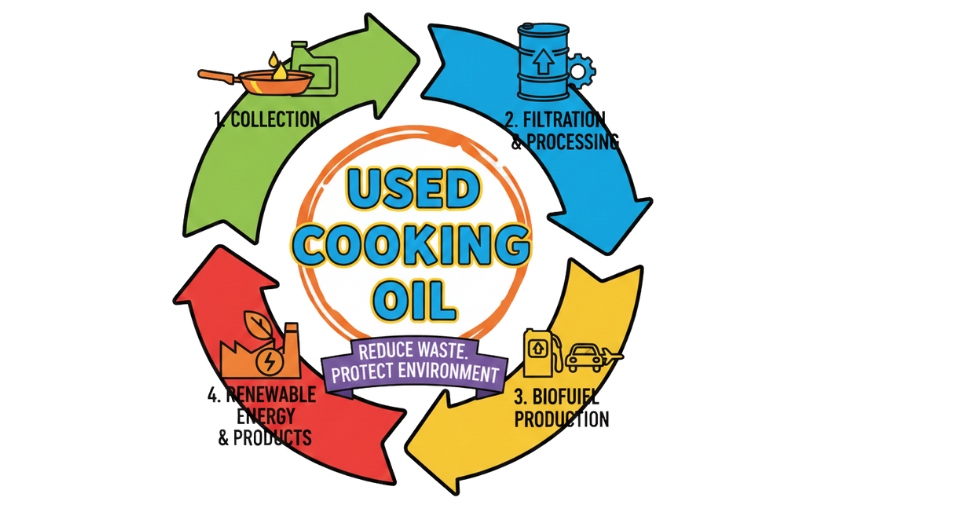
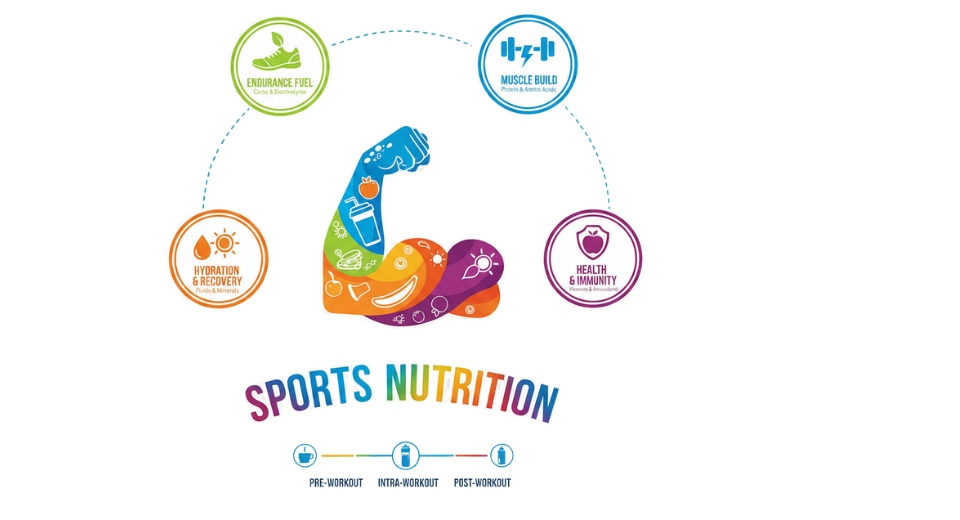
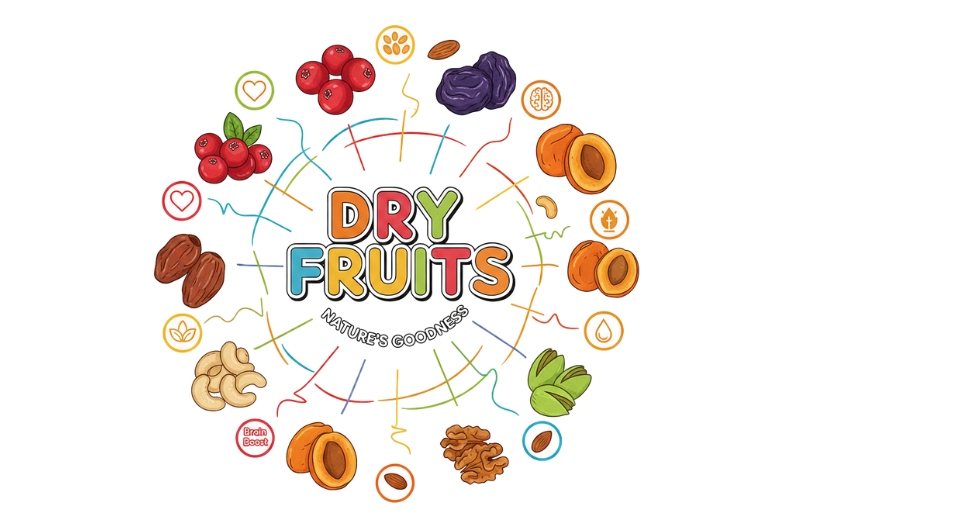


 US: +1 3023308252
US: +1 3023308252






